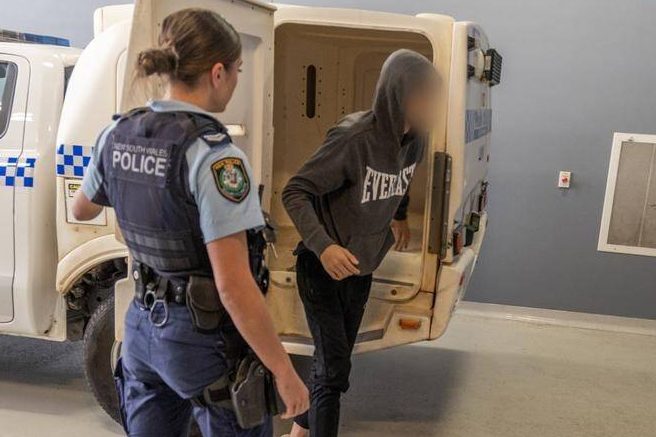IN February 1942, a shadow of fear and anxiety crept over Australia; Singapore had fallen to the Japanese with 22,000 Australian soldiers captured. Four days later Darwin was bombed.
Described by then-Prime Minister John Curtin as “the gravest hour of our history”, what started with two shocking events in Australia’s World War II campaign, developed into a year that became a turning point for the Allied Forces and for the Australian soldiers who were involved in key battles in Asia, the Pacific and North Africa.
[portfolio_slideshow]
“1942 was a really important year in World War II,” Australian War Memorial historian Lachlan Grant said.
“It was sort of a mid-point for the war, but it was also a year that began with a lot of fear and anxiety because early in the year was the ‘Fall of Singapore’, which was an event that really shocked Australia. It was something that was almost unforeseen.
“The media and propaganda said that Singapore was a fortress and it wasn’t going to fall.
“So for that news to come, you could imagine it was a shock. And four days later, Darwin being bombed would have compounded that kind of anxiety and fear.”
But the tides were about to change; 1942, marked a turning point for the Allies in World War II, a year when some of the war’s biggest battles were won.
“Throughout the year the war and the mood was slowly turned around,” Dr Grant said.
“We had the campaign for Kokoda, which ended in a victory for the Allies.
“There were also big battles in North Africa, in El Alamein where the Australian 9th division played a critical role.
“It was a tumultuous year. It started with a period where we’re really not sure how it’s going to go, but by the end of the year people are quite confident that the Allies will win the war.
“They don’t know when the end date will be and they’re are not sure how long it will be, but the mood has swung.
“But that’s also little relief for people waiting to hear news of the welfare of 30,000 Australians in Europe and Asia who are prisoners of war at this time.
“On one level there’s confidence that they are going to win the war, but they also don’t know what that’s going to mean in terms of how long, or how many lives will be lost.”
According to Dr Grant, for many Australian soldiers entering World War II, the Anzac legend was something to look up to and to aspire to.
“Soldiers were very much aware of the Anzac legend and they were very conscious of keeping up the tradition,” he said.
“There was you could almost call it ‘cultural baggage’ in a way. It was something that had really developed in Australia in the 1920s and ‘30s.
“One measure is the popular literature that came out after the war. There was a number of books and a number of memoirs and the like.
“It was one of those cultural developments that developed so quickly after the war.
“It also helped to try and get a sense of purpose to the conflict for Australians.”
Dr Grant also said World War II soldiers felt an expectation to live up to the Anzac legend.
“There was also this sense of expectancy that Australians made natural soldiers,” he said.
“So a part of the aspirational image for individual soldiers there was those expectations as well.
“You can see in the way the stories are told, you do have Australians taking part in very successful campaigns, or showing a lot of determination in campaigns like Kokoda.
“The way the in which the prisoners and the Japanese stories are told, very much draws the characteristics of the Anzac spirit.”
More information about Anzac Day at the Australian War Memorial, including parking and transport , at awm.gov.au
AWM Dawn Service starts 5.30am (suggested arrival from 4.30am onwards) and the National Ceremony starts 10.15am (suggested arrival by 9.45am).
Who can be trusted?
In a world of spin and confusion, there’s never been a more important time to support independent journalism in Canberra.
If you trust our work online and want to enforce the power of independent voices, I invite you to make a small contribution.
Every dollar of support is invested back into our journalism to help keep citynews.com.au strong and free.
Thank you,
Ian Meikle, editor




Leave a Reply